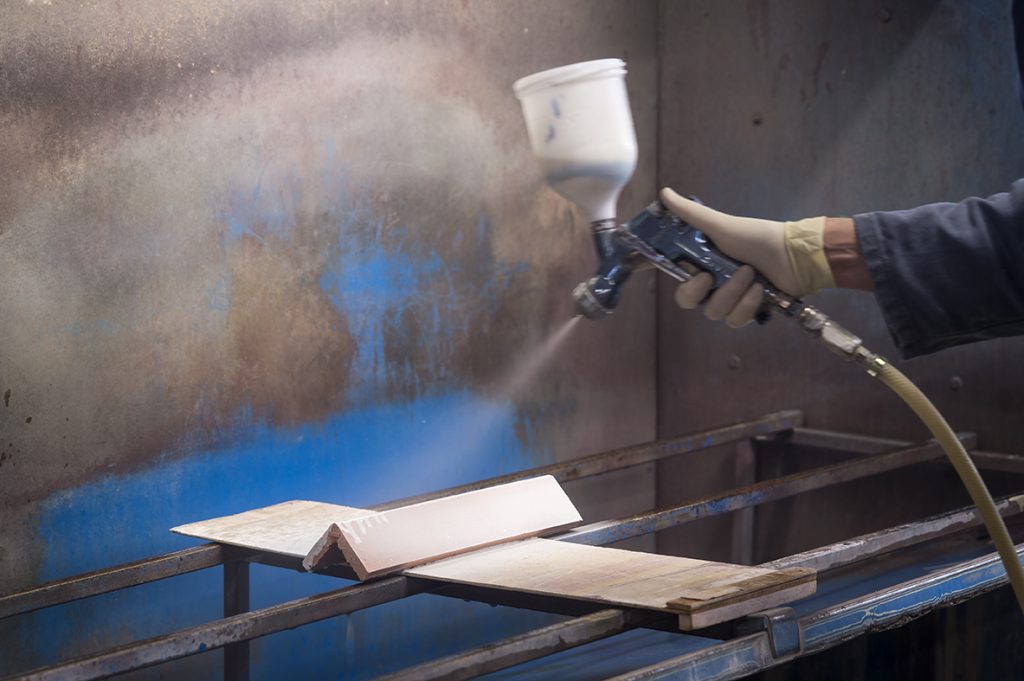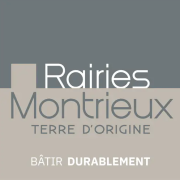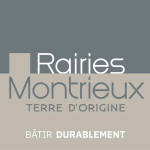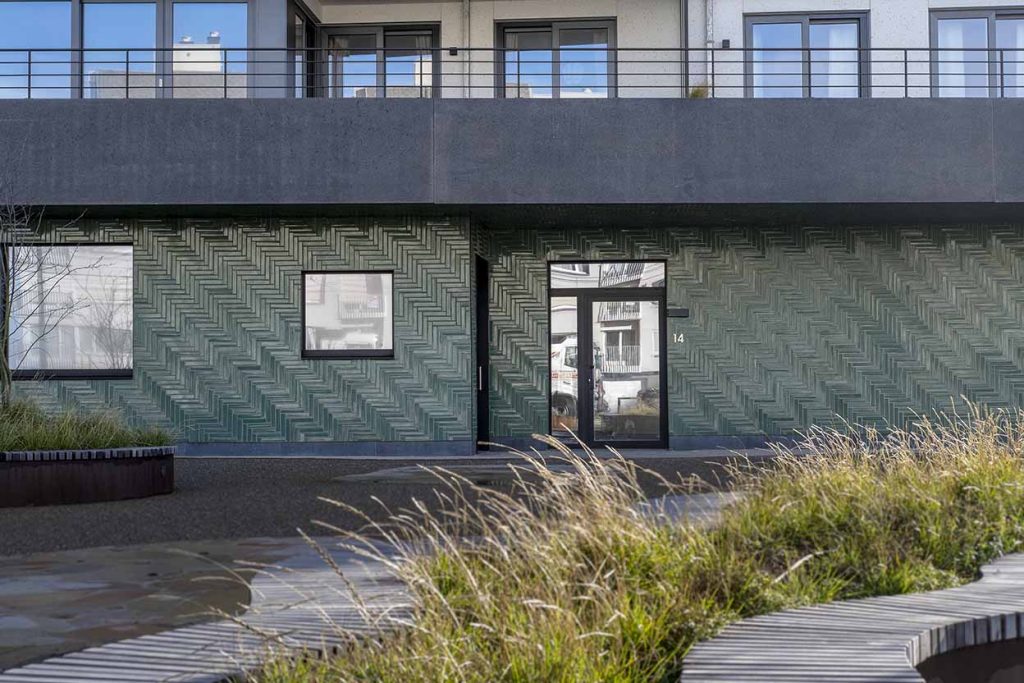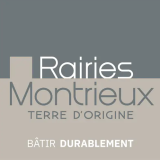In an architectural context where sustainability and connection with nature play an increasingly central role, enamel trends are evolving to meet these contemporary imperatives and reflect the growing concern to create facades that harmonize with their natural surroundings while offering a contemporary aesthetic.
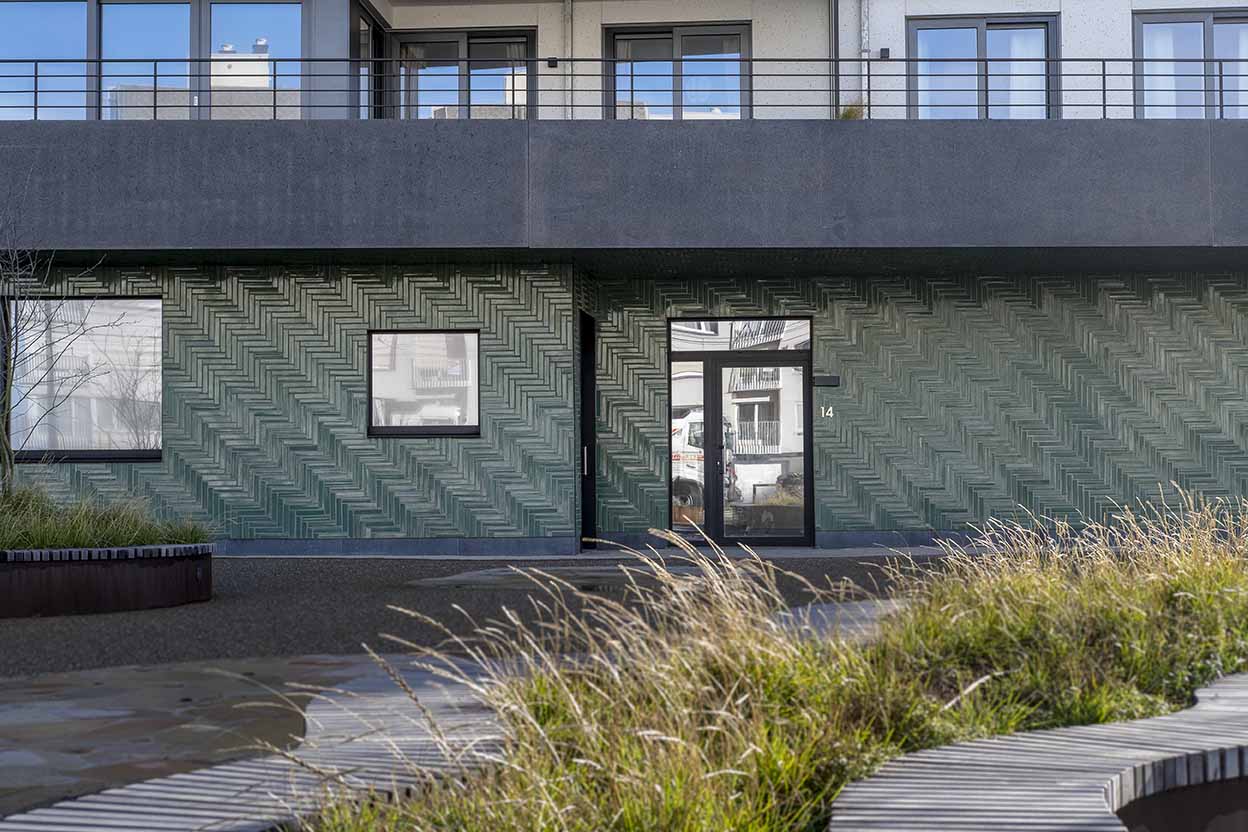
Residence The Waves – Sea (Ostend, Belgium) / B2Ai Architects ©Danny Willems
Green comes to town
While white remains a key color and blue is gradually emerging, a strong trend is emerging for 2024 facades: that of green tones. “These shades respond to a current desire to green up our urban environments. Many architects are opting for green glazes because they evoke nature, instilling a feeling of vitality and freshness in the heart of cities,” notes Olivier Laval, Sales and Product Manager at Rairies Montrieux.
Indoors, brighter colors such as red and orange are growing in popularity. Glazed terracotta tiles give you the freedom to create custom shades to perfectly match your creative vision. Philippe Chambaud, Export Consultant at Rairies Montrieux, underscores this trend by sharing an anecdote: “We’re used to working on bespoke projects, responding to specific color requests, whether for individuals or architects. For example, we worked with an architect in Paris who wanted a particular blue for her project. Despite the absence of an RAL reference, she provided us with a small blue post-it note as a sample, which we reproduced with precision.”
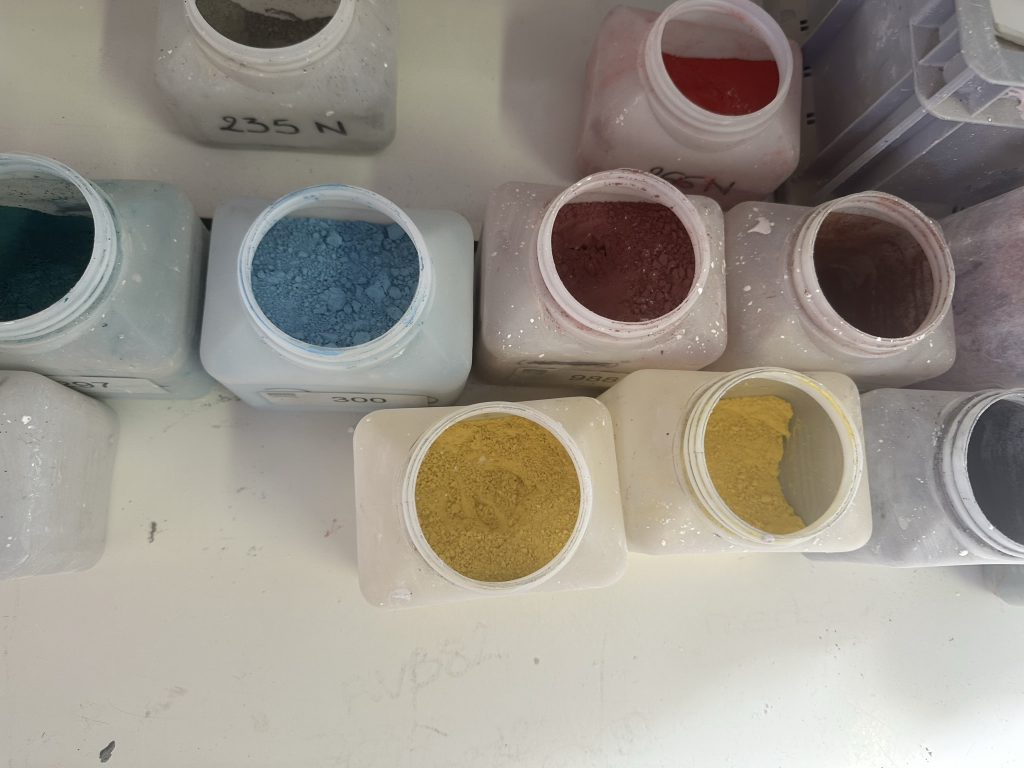
Meeting today’s challenges with style
Architects’ growing preference for green enamels resonates perfectly with the emerging trend towardsbiophilic architecture. This design approach, which integrates natural elements and references to nature into built spaces, aims to promote occupant well-being while reducing the environmental footprint.
Ten years ago, black and grey dominated the architectural landscape, but today there’s a clear shift in emphasis. Light shades now take center stage. “We are seeing a marked return to these colors in various applications. This transition to clarity is largely the result of our collective awareness of environmental challenges, notably the heat island phenomenon, which has become a major concern over the past decade,” emphasizes Olivier Laval.
Architects, aware of these issues, are faced with technical and environmental challenges when considering the use of black. The choice of lighter shades then becomes natural, with a marked preference for shades of white, green, blue and pale grey. This trend is emerging as a conscious response to the imperative of creating more sustainable and pleasant urban environments.
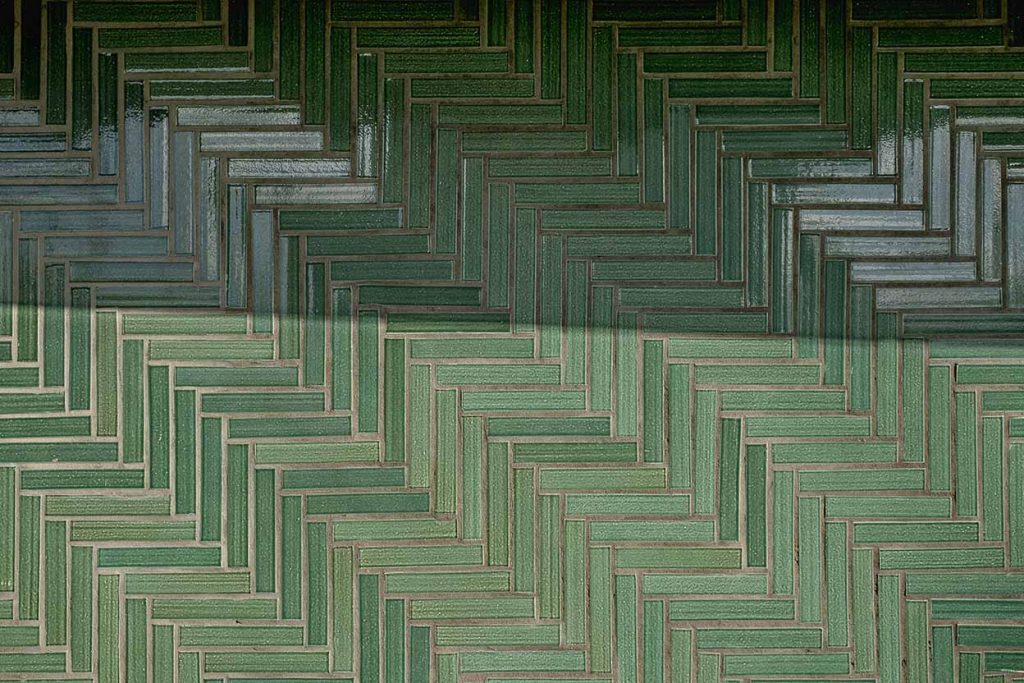
Double-fired enamel crystal water green ©Danny Willems
Always more shine
In terms of finishes, glossy finishes remain undeniably in vogue, as do crystalline shades whose emblematic transparency gives enamel a distinctive quality, adding depth to the façade. The nuanced look of enamels is also highly appreciated, providing a subtle variation in tone that contributes to the authenticity of the façade.
“The primary objective is to bring the façade to life, to infuse it with a unique, vibrant personality. And in this quest, enamels, with their brilliance, transparency and nuances, are the preferred choice for quality architectural projects.”
Olivier Laval, Sales and Product Manager at Rairies Montrieux.
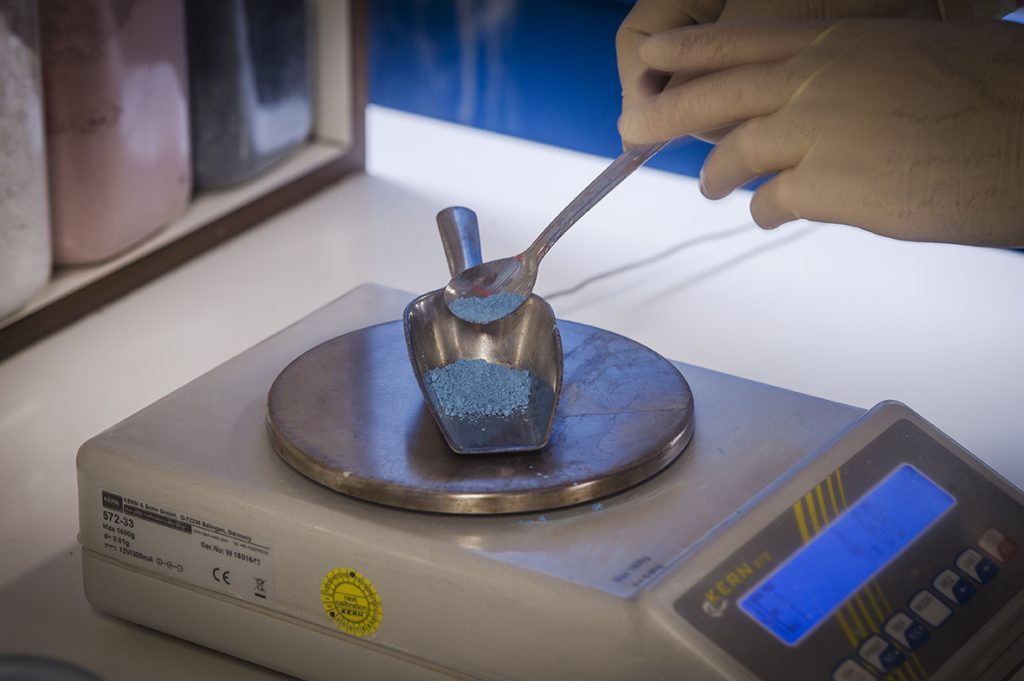
Facades reinvented with matte enamel
The potential of matte finishes for enamels is still relatively unexplored by architects, despite the significant aesthetic advantages they can offer facades. “When opting for a matte finish, many architects prefer to use engobe, considered more economical and in keeping with the aesthetics of terracotta, preserving the traditional look of clay,” notes Olivier Laval.
Matte finish is a promising option for adding originality to facades. Combined with a glossy finish, this texture lets you play with nuances and shadows, bringing buildings to life in an authentic way.
“At Rairies, we are able to produce a wide range of finishes, from high-gloss to fully matte, offering a multitude of options for creating reliefs on facades. Our expertise enables us to explore all the possibilities between these two extremes, meeting the varied needs of our architectural customers,” adds Olivier Laval.
